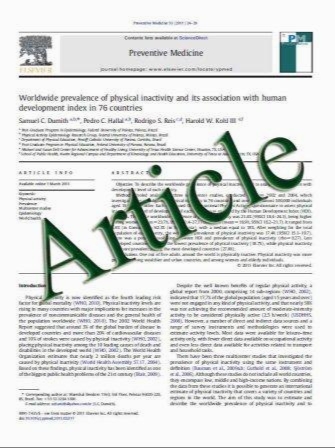Biliary Confocal Laser Endomicroscopy Real-Time Detection of Cholangiocarcinoma
- نوع فایل : کتاب
- زبان : انگلیسی
- مؤلف : Jennifer Chennat Vani J. A. Konda Erika Madrigal-Hoyos Jacobo Fernandez-Sordo Shu-Yuan Xiao John Hart Irving Waxman
- چاپ و سال / کشور: 2011
Description
Despite advances in endoscopic imaging and sampling, differentiation of benign from malignant biliary strictures continues to be a formidable challenge. Since the only definitive cure available for cholangiocarcinoma (CCA) is surgical resection, its detection during an early stage is imperative to optimizing clinical management [1]. Currently available mainstay options for endoscopic sampling include cytology brushing, biopsy, and fine needle aspiration. Yet these techniques are limited in their sensitivity. Triple tissue sampling by ERCP (brush, fine needle aspiration, and biopsy) of malignant biliary strictures has been evaluated and has demonstrated a sensitivity for the combined endpoints of high grade atypia and cancer of 62% and specificity of 90% [2]. Emerging evidence has shown that fluorescence in situ hybridization (FISH) can detect chromosomal abnormalities in the setting of biliary malignancy, and digital image analysis (DIA) can measure the intensity of dye-stained nuclei to quantify cellular DNA [3, 4]. Their sensitivities have been found to be higher or comparable to standard biliary cytology evaluation [3, 5]. However, the delay inherent to tissue sample processing and subsequent confirmation of malignancy can result in the risk of interval progression of the disease and potential loss of surgical candidacy. The advent of confocal laser endomicroscopy (CLE) has enabled real-time imaging of the gastrointestinal tract with microscopic detail. Endomicroscopy in the gastrointestinal lumen may identify mucosal characteristics such as gland or crypt architecture and vacularity for differentiation of normal, dysplastic, and neoplastic tissue [6]. An exogenous fluorophore, most commonly fluorescein sodium, is used in the gastrointestinal tract to enable imaging. The advent of probe-based confocal laser endomicroscopy (pCLE), a miniature probe-based system, enables real-time in vivo imaging in the gastrointestinal tract (Cellvizio system; Mauna Kea Technologies, Paris, France). A sub-millimeter probe is compatible with cholgioscopy and biliary catheters to enable imaging of the biliary tree at a microscopic level (CholangioFlex probe, Cellvizio; Mauna Kea Technologies). A previously published study has detailed the use of this probe-based CLE (p-CLE) in indeterminate biliary strictures and found that it considerably increased sensitivity for the detection of biliary neoplasia [7]. In this report, we describe a case series of four patients who underwent endoscopic p-CLE, and how this novel modality aided in targeting specific bile duct areas for enhanced tissue sampling and detection of malignancy.
Dig Dis Sci DOI 10.1007/s10620-011-1795-7 Received: 29 March 2011 / Accepted: 8 June 2011


